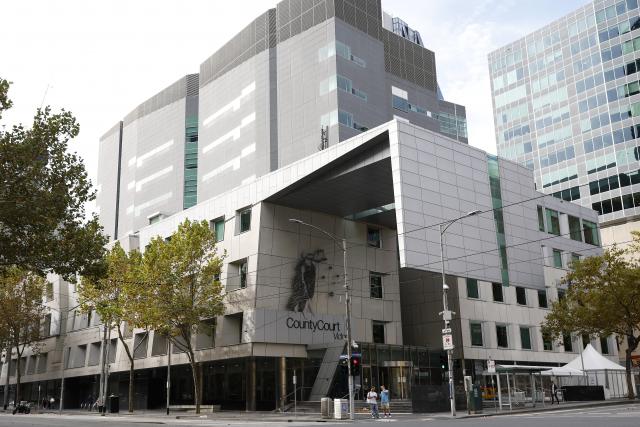JOHN O’Neill is the first to admit that he could never have imagined the fire-storm that bore down on his Steels Creek property on 7 February.
It was awesome; nothing like the event he and his family, wife Adrienne and children, John, 18, Matthew, 16, and Catie, 14, had planned and prepared for every summer since moving five years ago into the century old timber house which had survived the 1939, ’69 and ’83 bushfires. It also survived Black Saturday.
Mr O’Neill gave his evidence, which was compelled, he said, to put the argument against forced evacuation, on Tuesday 16 June at the Victorian Bushfire Royal Commission.
After attending the community consultation meeting in Yarra Glen earlier this year, Mr O’Neill applied to be heard at the Royal Commission hearing.
Comparisons had been made at the meeting between fires in California where more than a million people were evacuated and one life was lost, and Black Saturday where 173 lives were lost.
“I am concerned that the community consultation process and comparison with the Californian experience may lead to the commission prejudging the abolition of the stay or go policy in favour of forced evacuations,” he stated.
With reports that only government and semi-government organisations would be heard at the hearings, Mr O’Neill said he was surprised when he was asked if he was willing to do a witness statement.
His testimony drew intense cross examination and wide-spread media coverage.
He argued that forced evacuations, regardless of whether or not a home was defendable, would interfere with his right to make an informed choice and gave a graphic account of his family’s frightening experience as they fought to save their home, and their lives.
He also put forward a proposal for an annual certification process which would give homeowners the right to stay and defend.
Mr O’Neill told the commission, which is being held in Exhibition Street, Melbourne, that his family was prepared for a bushfire.
They were aware of the conditions which were building. They’d heard, and heeded the warnings in the week leading up to Black Saturday.
They knew, as he states in his statement, that it was going to be an extremely hot day in Steels Creek with a high risk of bushfire.
While the 31 hectare property is bordered on the east by the heavily-treed Kinglake National Park their house is in a relatively cleared area in a small valley.
A 90,000 litre swimming pool and five concrete water tanks, each holding about 22,000 litres, and four more corrugated iron water tanks on the property meant there was a good supply of water.
The plan was always to stay and defend.
The family had a well-executed plan, backed by participation in the community fire guard group, a telephone tree with neighbours and constant monitoring of ABC radio.
They would shelter in the house while any large fire front passed by.
“All the information we had received in the past suggested that the fire front would take between 10 and 20 minutes to pass,” Mr O’Neill said.
In fact, it lasted more like 45 minutes.
Mr O’Neill told of how the day unfolded and said the lack of information had made him anxious.
It was about 5.30pm when a neighbour called to say he could see a fire burning on Everard Ridge, close to the O’Neill property.
Mr O’Neill started the water pumps and the boys positioned themselves around the house, soaking it.
They had just 15 minutes before the fire storm hit. “It sounded like 10 or 20 steam trains rumbling towards us at a very high road,” Mr O’Neill told the hearing.
“The sky turned red, black and purple.”
He screamed at the boys to get into the house. There was no time even to turn the hoses off.
For 45 minutes they watched as burning embers slapped into the windows and the timber walls.
Ready for the unexpected
Digital Editions
-

Cartoon: Social media ban
Cartoonist Danny Zemp wonders, “What about the poor and lonely phones?” after the Federal Government’s social media ban for those 16 and under.





